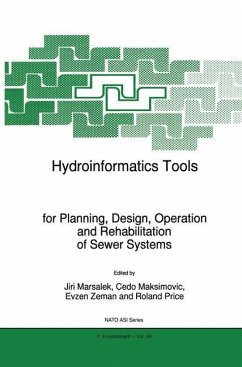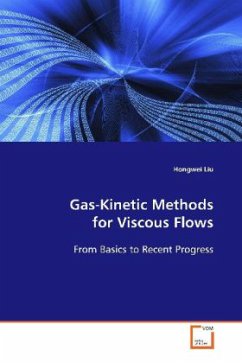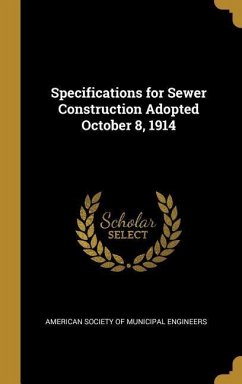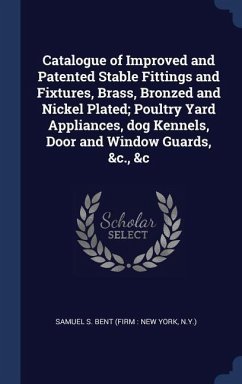
Improved Modeling of Transient Flows in Storm-sewer Systems
Theory and applications
Versandkostenfrei!
Versandfertig in 6-10 Tagen
45,99 €
inkl. MwSt.

PAYBACK Punkte
23 °P sammeln!
The main aim of this book is to advance ourunderstanding of the process of flood-wavepropagation through storm-sewer systems by improvingthe methods available for simulating unsteady flowsin closed conduits ranging from free surface flows,to partly free surface-partly pressurized flows(mixed flows), to fully pressurized flows. Twofully-conservative, computationally efficient androbust models are formulated in this book.Comparisons between simulated results and experimentsreported in the literature show that the twoformulated models can accurately describe complexflow features --such as negativ...
The main aim of this book is to advance our
understanding of the process of flood-wave
propagation through storm-sewer systems by improving
the methods available for simulating unsteady flows
in closed conduits ranging from free surface flows,
to partly free surface-partly pressurized flows
(mixed flows), to fully pressurized flows. Two
fully-conservative, computationally efficient and
robust models are formulated in this book.
Comparisons between simulated results and experiments
reported in the literature show that the two
formulated models can accurately describe complex
flow features --such as negative open
channel-pressurized flow interfaces, interface
reversals, and open-channel surges-- that have not
been addressed well, or not considered at all, by
previous models. The capability of one of our models
to simulate transient flows in complex hydraulic
systems is demonstrated by its application to the
Tunnel and Reservoir Plan (TARP) Calumet system in
Chicago.
understanding of the process of flood-wave
propagation through storm-sewer systems by improving
the methods available for simulating unsteady flows
in closed conduits ranging from free surface flows,
to partly free surface-partly pressurized flows
(mixed flows), to fully pressurized flows. Two
fully-conservative, computationally efficient and
robust models are formulated in this book.
Comparisons between simulated results and experiments
reported in the literature show that the two
formulated models can accurately describe complex
flow features --such as negative open
channel-pressurized flow interfaces, interface
reversals, and open-channel surges-- that have not
been addressed well, or not considered at all, by
previous models. The capability of one of our models
to simulate transient flows in complex hydraulic
systems is demonstrated by its application to the
Tunnel and Reservoir Plan (TARP) Calumet system in
Chicago.












